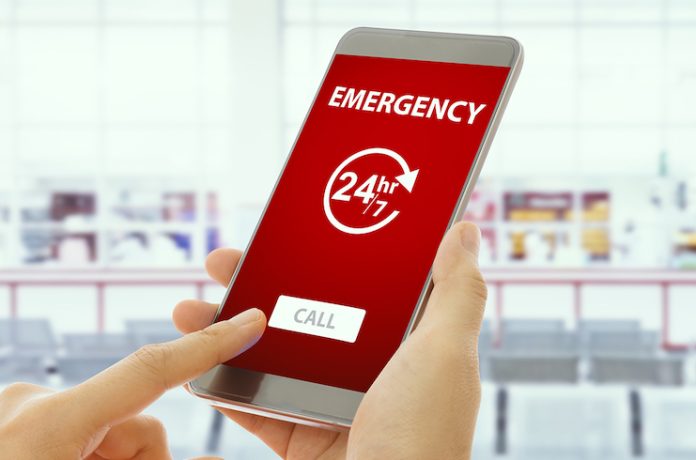For many lodging properties, the housekeeping department employs more associates than any other, often numbering in the dozens or even hundreds. And most of the time, these room attendants, common area cleaners, housemen, and inspectors will be working alone. This makes them more vulnerable to injury or potential assault as they enter guestrooms, closets and storerooms, stairwells, and back-of-house locations.
How do you know where your housekeeping associates are at any point in time, and whether they are safe? How can a room attendant discreetly summon assistance in a situation where a guest is acting inappropriately? Or perhaps a lone employee requires immediate aid related to an on-the-job injury, such as a chemical splash to the eyes or skin or a slip-and-fall injury.
Duress beacons can provide a level of reassurance and quick response for these types of scenarios. Similar to a panic alarm, duress beacons discreetly send a call for assistance to designated personnel such as security officers, managers, or floor inspectors when the housekeeper depresses a concave button on the back of his or her nametag, employee identification cardholder, or a pocket-sized fob device. The beacon will then transmit a code and the associate’s location via the hotel’s Wi-Fi system or similar cellular transponder that will interact with a proprietary cloud platform and trigger alerts to designated personnels’ smartphones or computers, enabling them to respond. Some fob systems are also equipped with high-decibel alerts to scare off attackers or draw attention to the need for assistance.
Duress beacons require minimal training, are intuitive to use, and can be activated by feel. They can be discreetly carried on the person with no obvious sign of their presence. The beacons can be issued each morning with the room/task assignments and housekeeper’s keys at the standup briefing and collected at the end of each shift. Depending on the style of beacon, the use life can range from 2.5–4 years, utilizing sealed LiMnO2 batteries or replaceable coin batteries. Probably the best feature of the beacon is that its location and the associate carrying it can be tracked on property continuously, allowing supervisors to identify an employee’s whereabouts and feel assured that he or she is safe.










